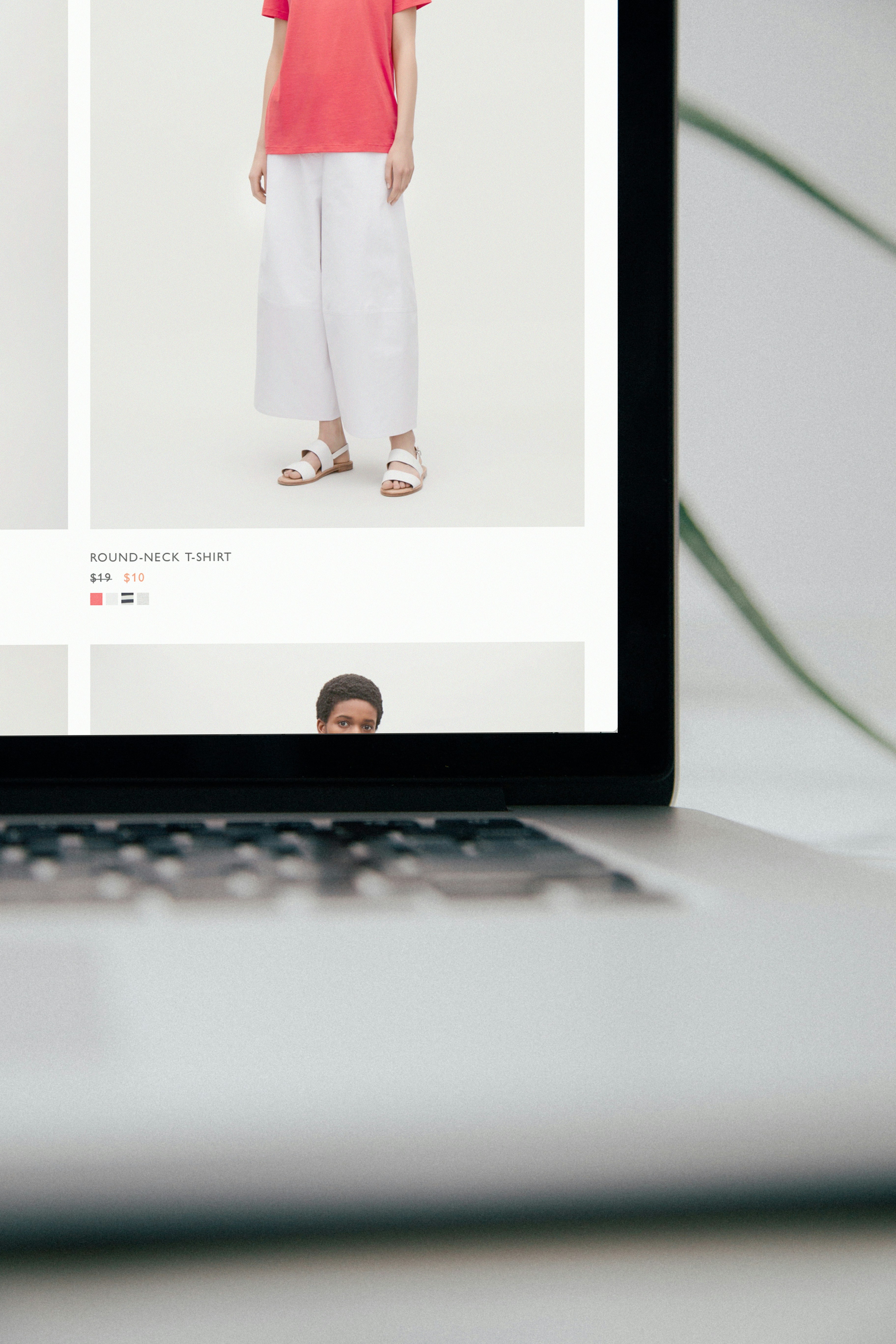Designing with Personality: What I Learned Building Brands from Scratch

Designing with Personality: What I Learned Building Brands from Scratch
Building a brand from scratch is one of the most exciting and intimidating parts of being a designer. It’s not just about picking colors or making a logo. It’s about giving life to something that didn’t exist before—and making people feel something real.
In the last few years, I’ve worked on branding for several projects, from playful eCommerce to nostalgic cultural exhibitions. And through it all, one idea has stayed with me:
A brand is not a look. It’s a voice.
Where the Personality Lives
The first time I felt the weight of branding was while working on Overnite Ink, a temporary tattoo brand. The product itself was about change, expression, and identity. But how do you turn those abstract ideas into a visual language?
I started by defining a tone: bold but warm, edgy but approachable. The typography was expressive. The interface included small microinteractions. The brand wasn’t just saying “we sell tattoos.” It was saying, “we understand that identity evolves.”
But with Dosmilera—a museum-style exhibition on 2000s aesthetics in Argentina. The visual world here was the opposite: maximalist, nostalgic, exaggerated. But again, the challenge wasn’t just capturing the past—it was reinterpreting it. We called the aesthetic “updated nostalgia.” Retro fonts met modern layouts. Glossy gradients met contemporary design systems.
What I Learned
Through these and other branding projects, I’ve learned that:
A strong brand doesn’t need to be trendy. It needs to be true to its core idea.
People don’t fall in love with brands because they’re perfect—they fall in love because they’re recognizable, familiar, and human.
You don’t need a huge visual system. You need a coherent one. One that works across touchpoints, from social media to packaging to digital interactions.
Practical Advice
Here are some tools that helped me shape brand personalities more effectively:
Writing a brand persona sheet (as if the brand were a person): voice, tone, likes, quirks.
Creating “brand moods” instead of just moodboards. Not only visual references but emotional ones.
Testing visual elements in real contexts: how does this logo look on mobile? On a receipt? As a loading screen?
Conclusion
Designing a brand is about building a relationship between an idea and a person. A strong visual identity is not about being loud—it’s about being consistent, expressive, and emotionally smart.
A good brand tells you what it does.
A great brand makes you feel like it was made for you.


